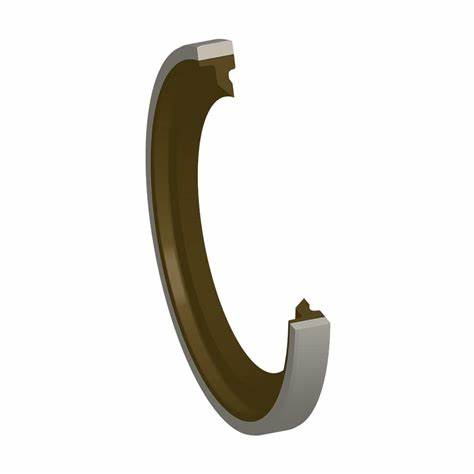Application knowledge of reciprocating motion seals
Reciprocating motion seals are one of the most common sealing requirements in hydraulic rotation and pneumatic components and systems. Reciprocating motion seals are used on power cylinder pistons and cylinder bodies, piston intervention cylinder heads and all types of slide valves. The gap is formed by a cylindrical rod with a cylindrical bore in which the rod moves axially. The sealing action limits the axial leakage of fluid. When used as a reciprocating motion seal, the O-ring has the same pre-sealing effect and self-sealing effect as a static seal, and has the ability to automatically compensate for wear due to the O-ring’s own elasticity. However, the situation is more complicated than static sealing due to the speed of the rod movement, the pressure and viscosity of the liquid when sealing.
When the liquid is under pressure, the liquid molecules interact with the metal surface and the “polar molecules” contained in the liquid are closely and neatly arranged on the metal surface, forming a strong border layer of oil film along the sliding surface and between the seals, and producing a great adhesion to the sliding surface. The liquid film is always present between the seal and the reciprocating surface, it also acts as a seal and is very important for the lubrication of the moving sealing surface.
However, it is harmful in terms of leakage. However, when the reciprocating shaft is dragged outwards, the liquid film on the shaft is pulled out together with the shaft and, due to the “wiping” effect of the seal, when the reciprocating shaft is retracted, the liquid film is retained outside by the sealing element. As the number of reciprocating strokes increases, the more liquid is left outside, eventually forming oil droplets, which is the leakage of the reciprocating seal.
As the viscosity of the hydraulic oil decreases with the rise in temperature, the film thickness decreases accordingly, so when hydraulic equipment is started at low temperatures, the leakage is greater at the start of the movement, and as the temperature rises due to various losses during the movement, the leakage tends to decrease gradually.
Reciprocating seals are mainly used in.
1) in low pressure hydraulic components, generally limited to short strokes and medium pressures of around 10MPa.
2) In small diameter, short stroke and medium pressure hydraulic slide valves.
3) In pneumatic slide valves and pneumatic cylinders.
4) As an elastomer in combined reciprocating seals.
Post time: Mar-13-2023







